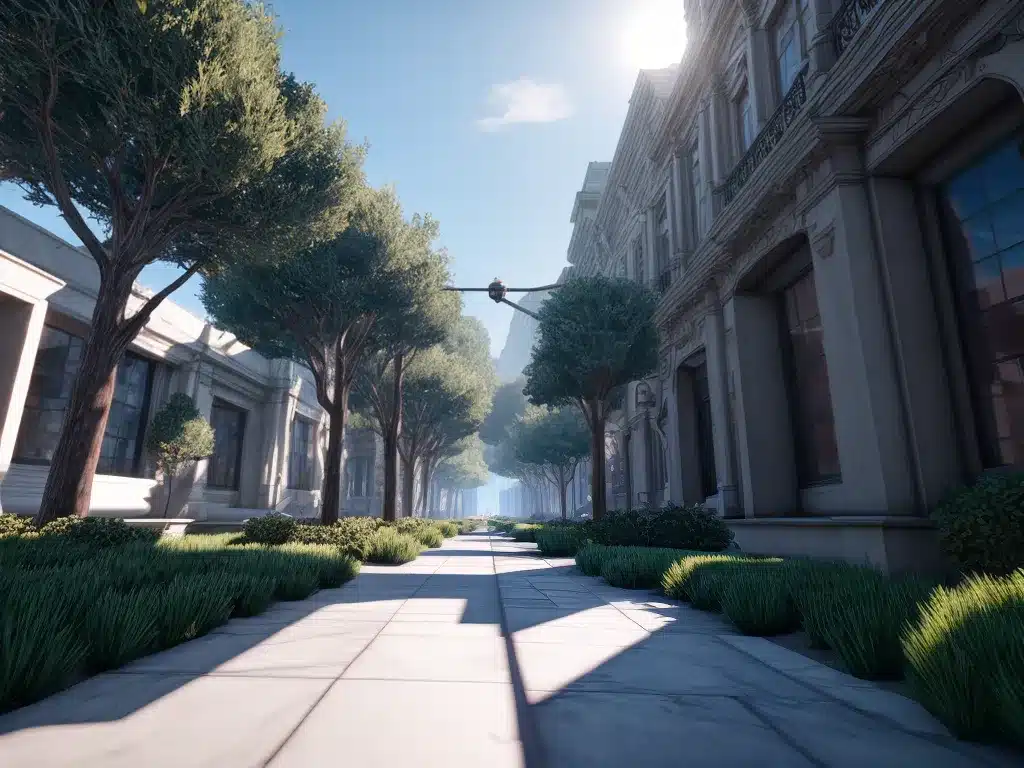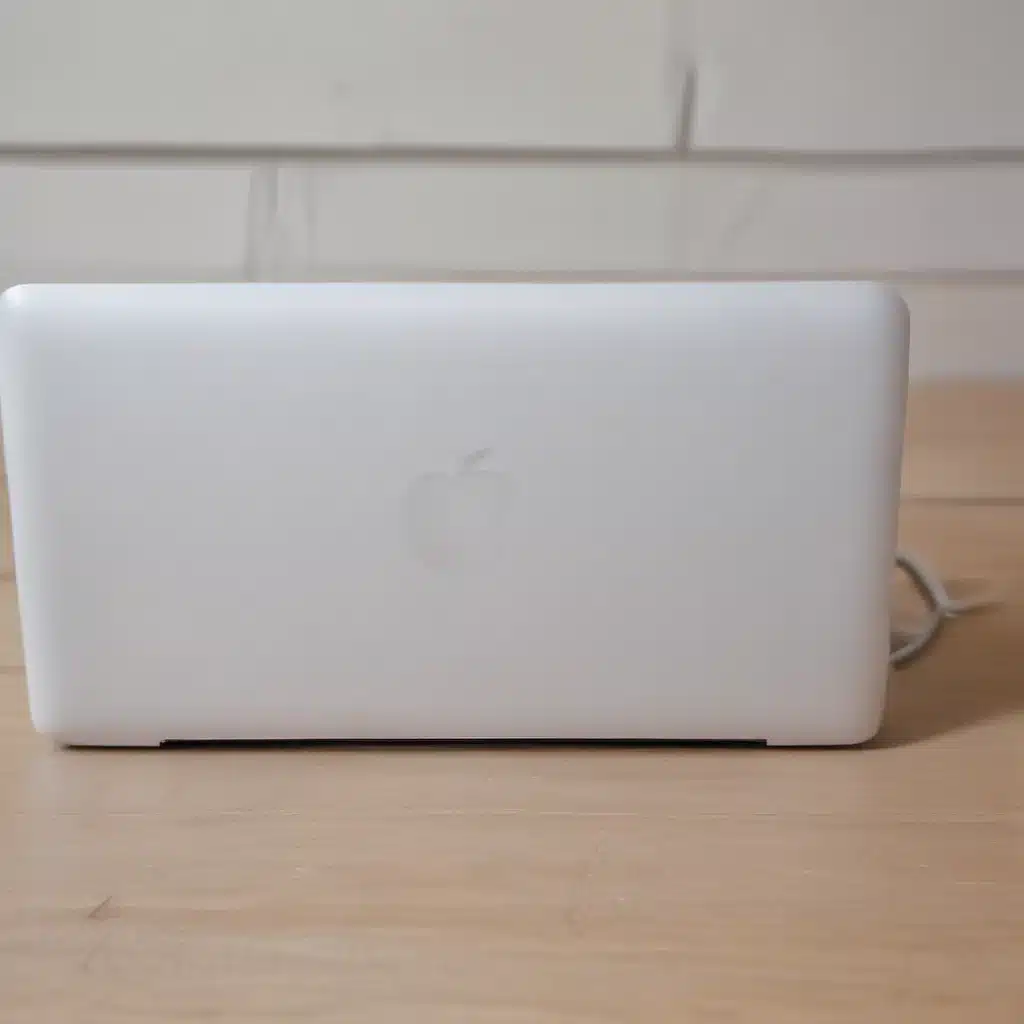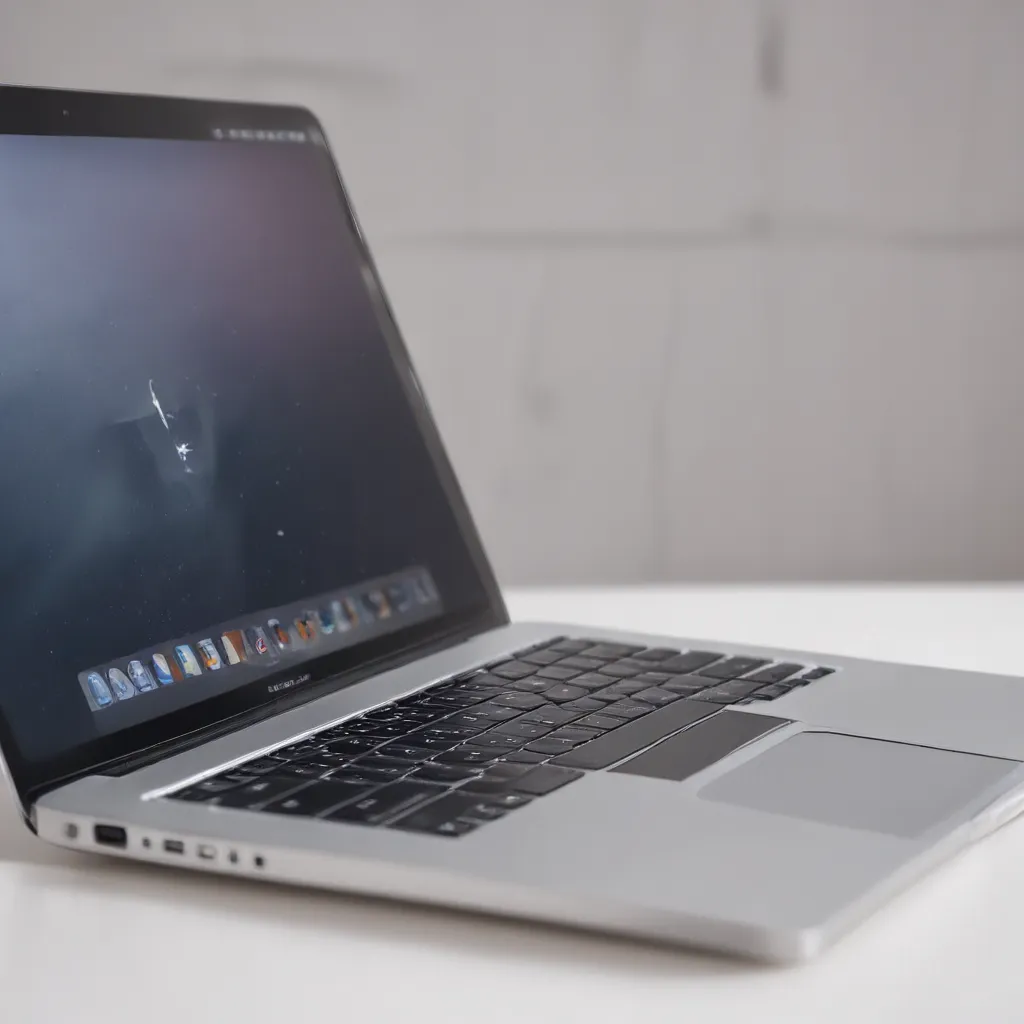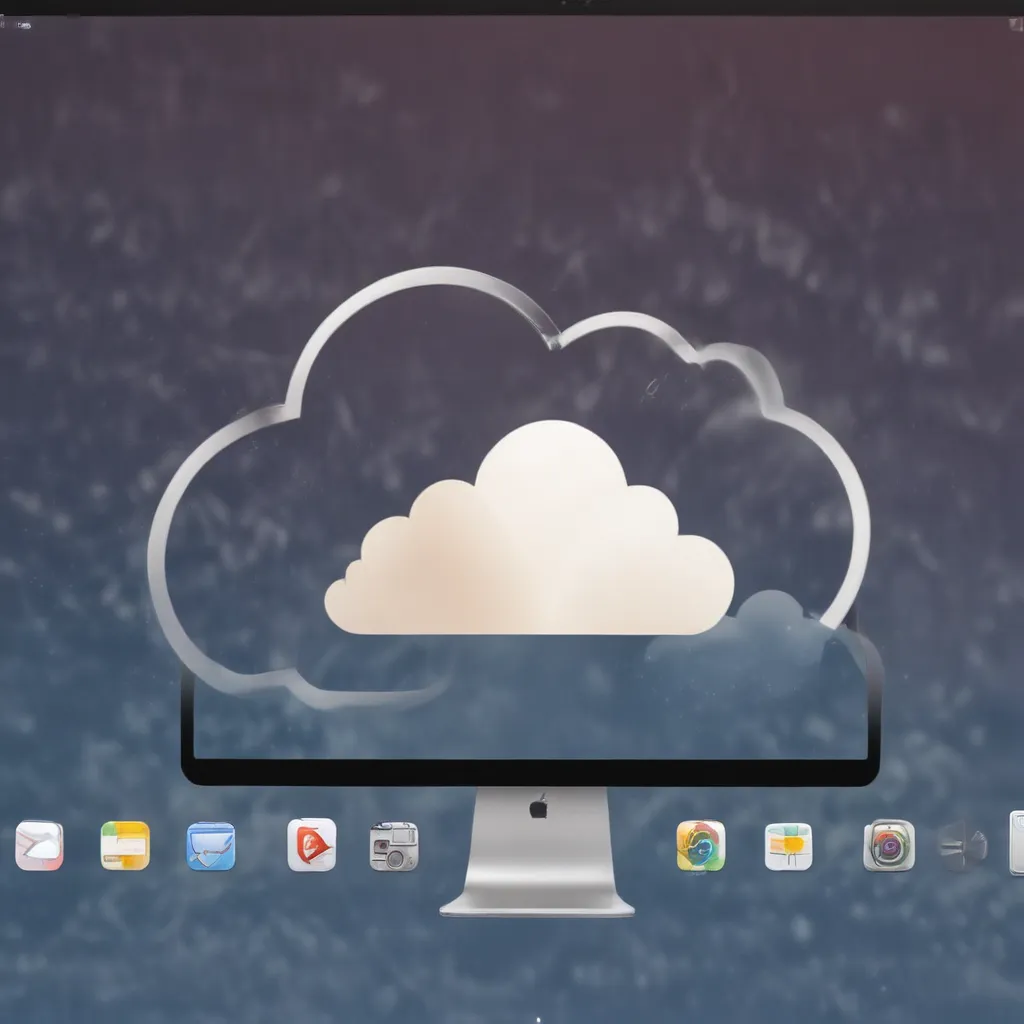Introduction
Real-time raytracing is revolutionizing computer graphics. For years, rasterization has been the standard for rendering 3D scenes in real-time, but it has limitations. Raytracing calculates the path of light rays as they bounce around a scene, producing incredibly realistic lighting, reflections, and shadows. However, raytracing was previously too computationally expensive for real-time applications like video games. The introduction of dedicated raytracing hardware like NVIDIA’s RTX GPUs has changed that.
In this article, I will provide an in-depth look at how real-time raytracing is transforming computer graphics. I will cover the differences between rasterization and raytracing, the history of real-time raytracing, current implementations, and the impacts on video games, CGI, and other applications.
Rasterization vs. Raytracing
Rasterization
For decades, rasterization has been the standard technique for rendering real-time graphics like video games. Rasterization converts 3D geometry into 2D pixels on the screen. The 3D models are projected onto the 2D viewplane based on the camera position and orientation. Rasterization is fast but has limitations:
- Rasterized lighting is not realistic. Calculations are performed per-vertex or using pre-baked lightmaps.
- Shadows appear jagged and low-resolution.
- Screen space reflections are limited to what’s visible on the screen.
- Materials like metal and glass don’t reflect naturally.
Raytracing
In contrast, raytracing traces the path of light rays as they interact with objects. It simulates the physical behavior of light to produce realistic lighting, shadows, and reflections:
- Raytraced lighting accounts for light bouncing around the scene.
- Shadows appear soft and natural based on light source area.
- Reflections display actual scene geometry, not just the screen space.
- Materials can reflect naturally based on properties like roughness.
However, raytracing is computationally intensive. Tracing many light rays per pixel requires enormous computing power. That’s why rasterization has been the real-time standard, while raytracing was limited to offline rendering.
History of Real-Time Raytracing
Raytracing as an offline rendering technique dates back to the 1980s. However, real-time raytracing on consumer hardware has only recently become possible:
- In 2018, NVIDIA introduced RTX, the first consumer GPUs dedicated to raytracing.
- In 2019, Battlefield V became the first game to use DXR raytracing.
- In 2020, the number of raytraced games grew significantly.
Dedicated raytracing hardware like NVIDIA’s RT cores, plus new APIs like DXR and Vulkan RT, finally make real-time raytracing possible.
Real-Time Raytracing Implementations
There are two main approaches to implementing real-time raytracing today:
Hybrid Rendering
Most games use a hybrid approach, combining rasterization with raytracing:
- Rasterization handles the main rendering.
- Raytracing adds limited effects like reflections, shadows, and global illumination.
This allows current games to benefit from raytracing without needing to trace all rays. Performance is good on today’s GPUs.
Full Raytracing
Some tech demos use full raytracing for everything:
- All lighting, reflections, shadows, etc are raytraced.
- No rasterization is used.
This provides the most physically accurate results but requires heavy GPU power. Performance is limited on today’s hardware.
As GPU raytracing matures, fully raytraced real-time graphics will become more feasible.
Impacts on Games and CGI
Raytracing enables significant visual improvements in games, CGI, and other real-time graphics:
Photorealistic Lighting
- Raytraced global illumination, shadows, reflections, and refraction look far more realistic than rasterized equivalents.
Increased Immersion
- More realistic visuals increase immersion in games and CGI.
New Gameplay Opportunities
- The accuracy of raytraced acoustics and occlusion can enable new gameplay mechanics.
Easier Content Creation
- Raytracing reduces the need for pre-baked lighting, reflection maps, etc.
Cinematic Quality in Real-Time
- Real-time raytracing brings CGI film-quality graphics to video games cutscenes, VR, and more.
As raytracing hardware and software mature, it will likely become the new standard in real-time computer graphics.
The Future of Real-Time Raytracing
Raytracing is still in the early days for real-time graphics. Here are some future developments to expect:
- Wider adoption across games and engines as GPU raytracing matures.
- Additional raytraced effects like transparent materials, ambient occlusion, sound occlusion.
- Hybrid approaches combining rasterization, raytracing, and other techniques.
- Fully raytraced games once hardware is performant enough.
- Democratization for indie developers through integrated raytracing in game engines.
- Advances in software techniques like variable rate raytracing to optimize performance.
Real-time raytracing is a massive leap forward, enabling a new level of realism in games and beyond. The future looks bright as this revolutionary technology continues evolving.
Conclusion
Real-time raytracing marks a huge advancement in computer graphics. By tracing light rays like they behave in reality, raytracing enables incredibly realistic lighting, reflections, and more. Dedicated raytracing hardware has finally made real-time raytracing viable after decades of being limited to offline rendering.
This revolutionary shift is already transforming games, CGI, and other real-time graphics. As GPU raytracing matures, it will likely replace rasterization as the standard real-time rendering technique. Real-time raytracing enables a new level of realism that will profoundly impact videogames, films, VR, and many other applications in the coming years.













